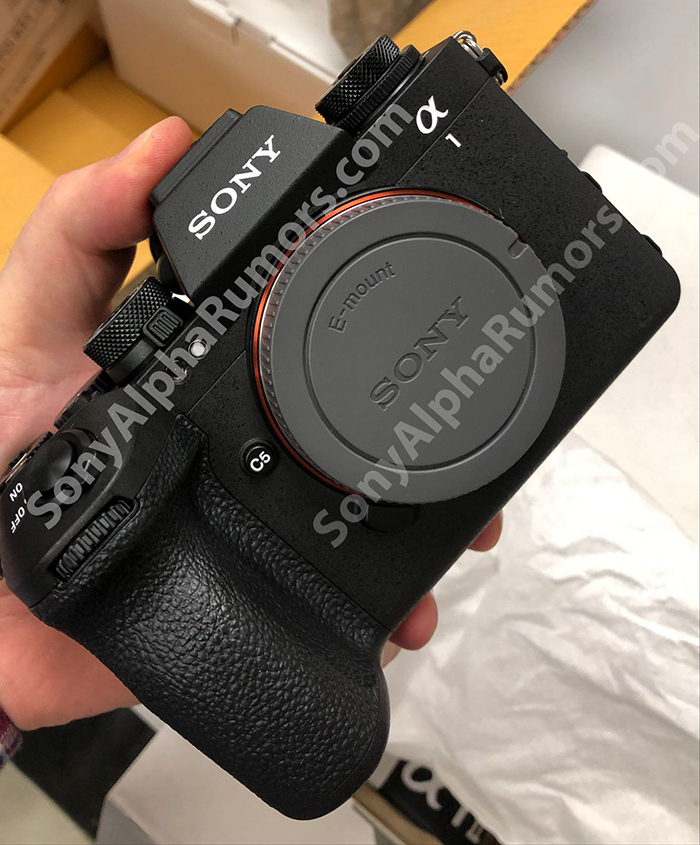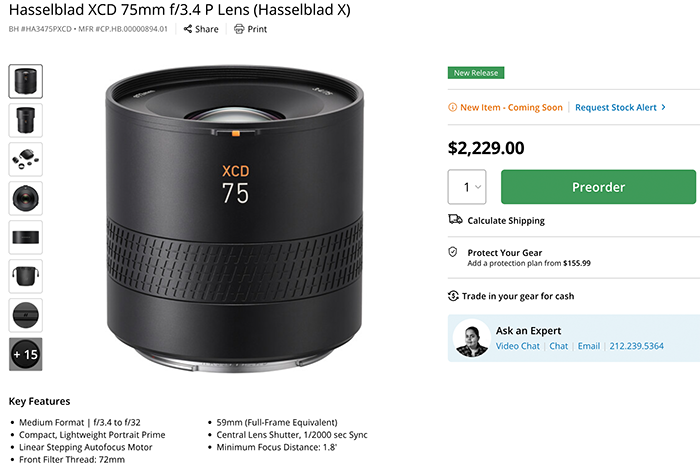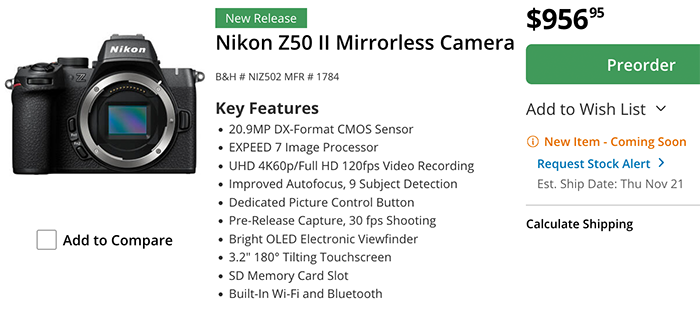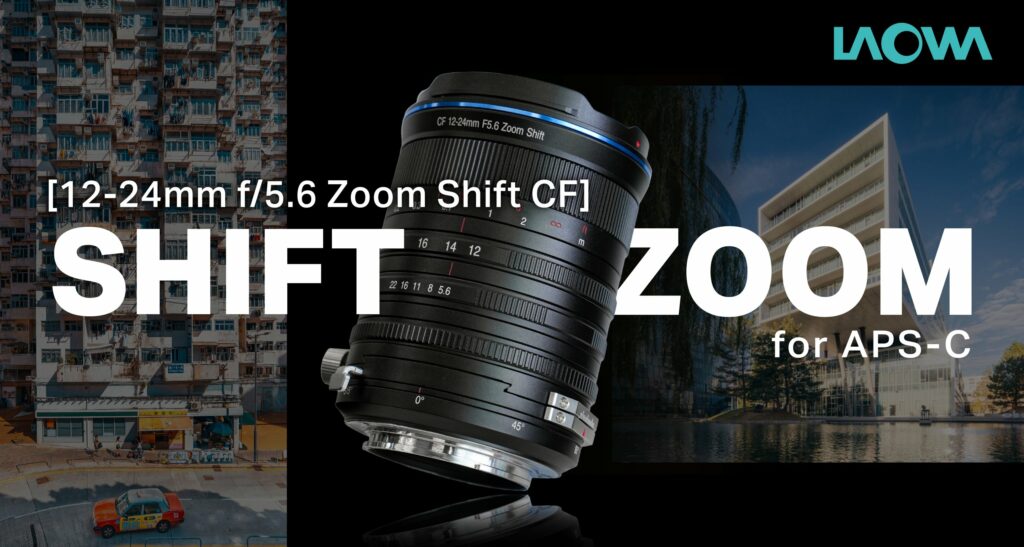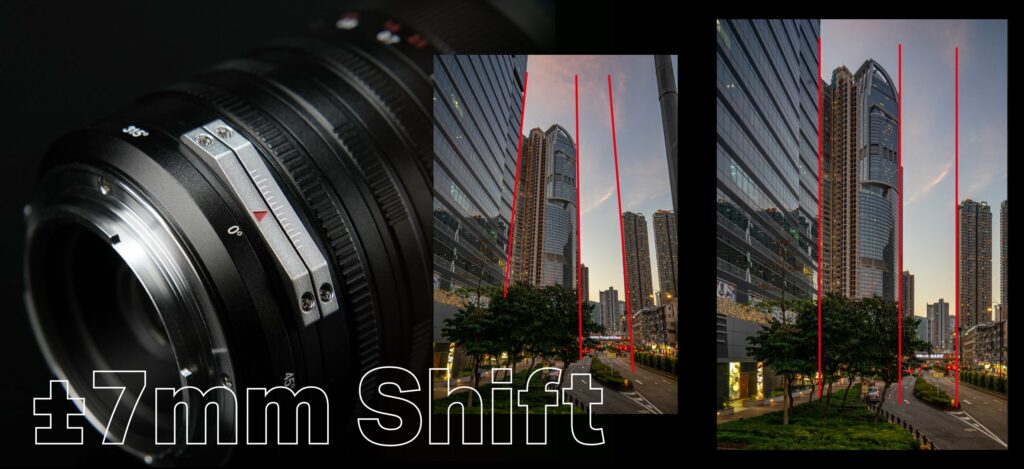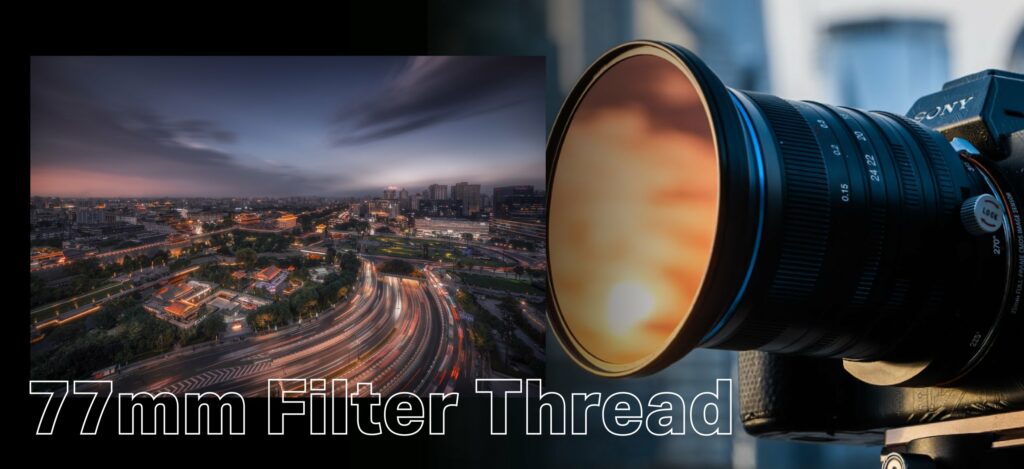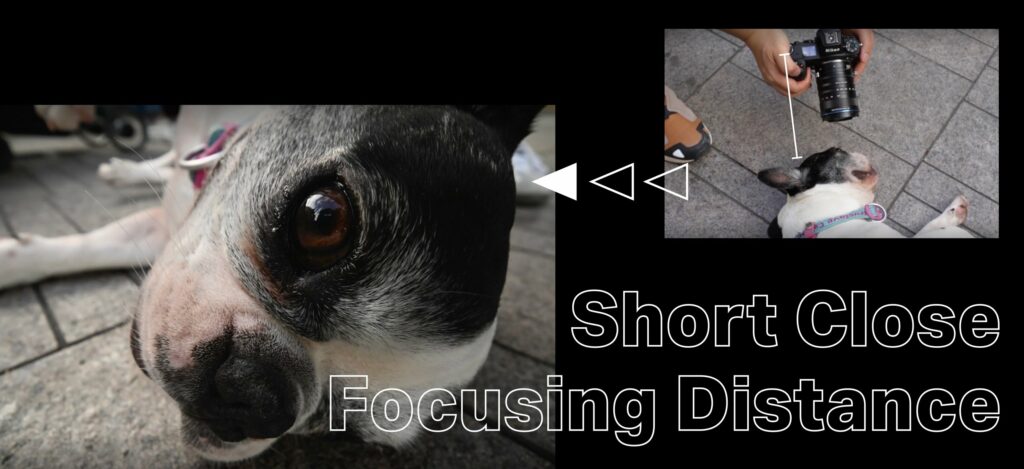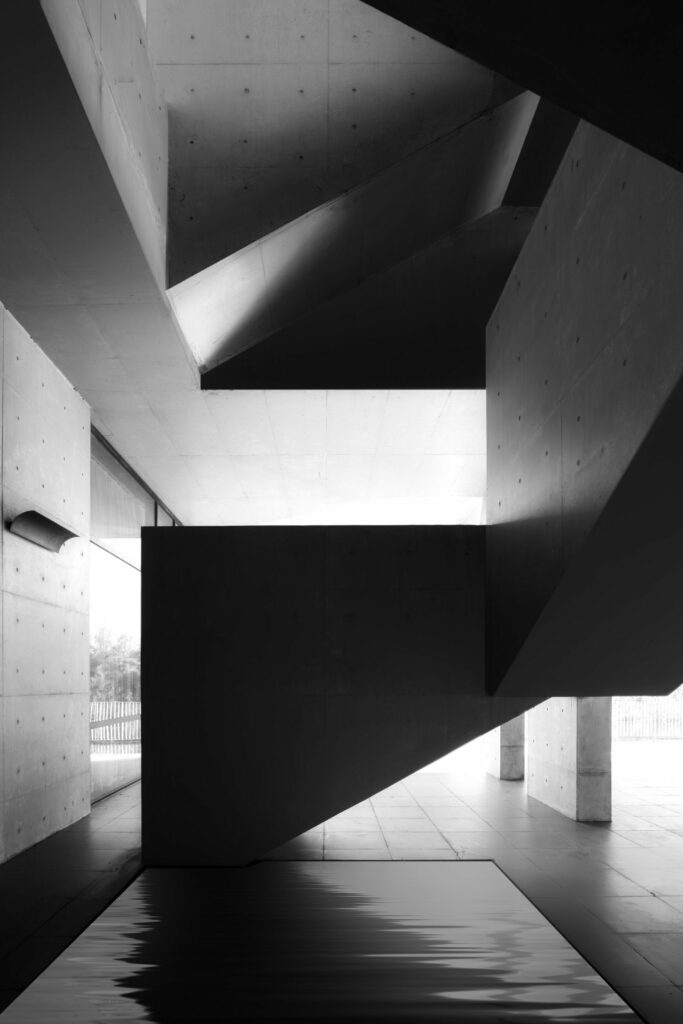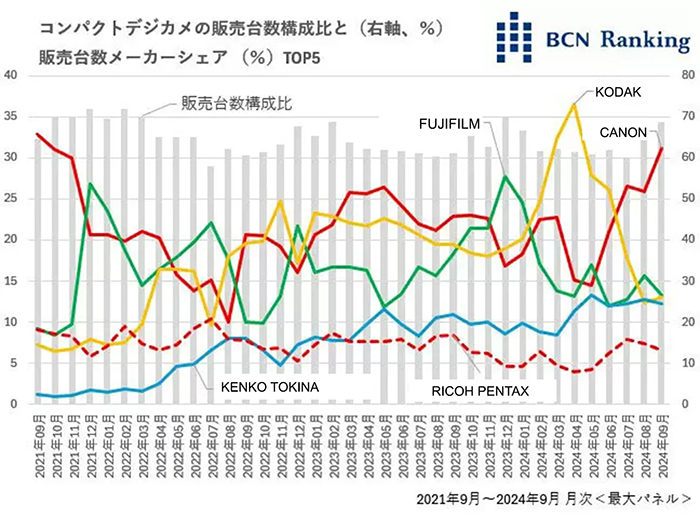Fujifilm finally enters the cinema market with the GFX ETERNA Cinema Camera
FUJIFILM is currently in the process of developing its first-ever filmmaking camera, the GFX ETERNA, with plans for a release in 2025.
The GFX ETERNA will feature a large format sensor, GFX 102MP CMOS II HS, which is approximately 1.7 times larger than a 35mm sensor, and the high-speed image processing engine X-Processor 5, enabling filmmakers to capture rich, true to life visuals and have enhanced flexibility in post-production.
Both the GFX 102MP CMOS II HS sensor and X-Processor 5 are the latest technologies featured in the FUJIFILM’s mirrorless digital camera GFX100 II, which delivers extraordinarily high image quality with its 102 million pixels.

